What is the major problem in fish production?
Fish production is facing immense pressure to meet global demand. This strain threatens our food security and the health of our oceans. To find a solution, we must first understand the core of the problem.
The biggest problem in fish production is overfishing, which is severely depleting wild fish populations. The Food and Agriculture Organization (FAO) reports that 34% of marine fish stocks are now overfished. This not only exhausts a vital resource but also damages biodiversity and slows down natural recovery.
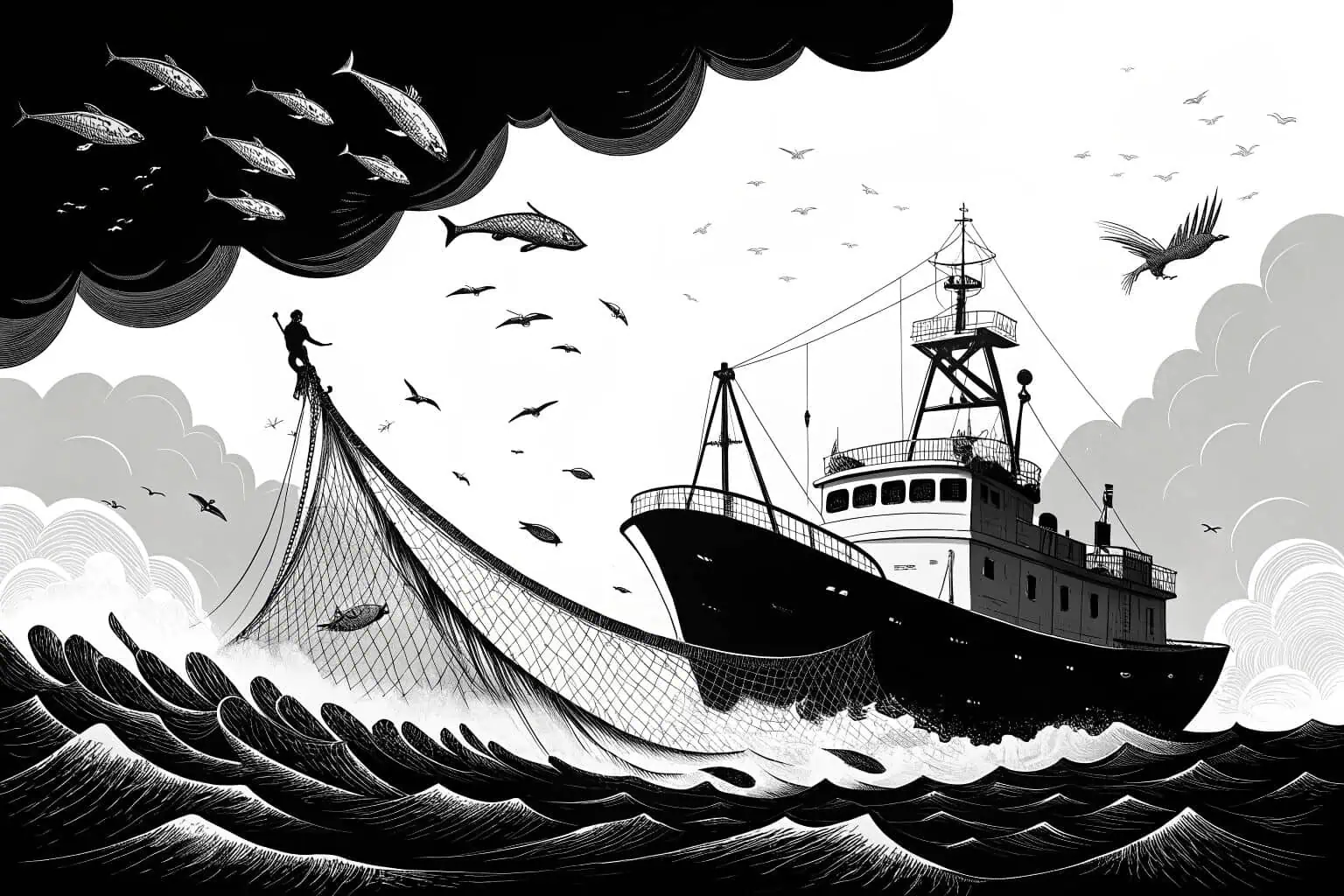
As someone who has been deeply involved in the aquaculture industry for years, I've seen this crisis unfold from two sides. On one hand, the demand for seafood has never been higher. On the other, the natural resources we depend on are shrinking. It's a difficult balance, but I believe that through technology and a better understanding of the challenges, we can build a more sustainable future. Let's explore these challenges together.
What is the largest concern regarding fish farms?
Fish farms seem like the perfect answer to overfishing, right? But as we try to solve one problem, we often create another. These farms come with their own serious environmental baggage that we need to address.
The largest concern with fish farms is pollution. The waste from uneaten feed and fish feces leads to nutrient overload in the water, a process called eutrophication. Furthermore, the use of antibiotics and pesticides can seep into surrounding waters, harming local ecosystems and spreading diseases to wild fish.
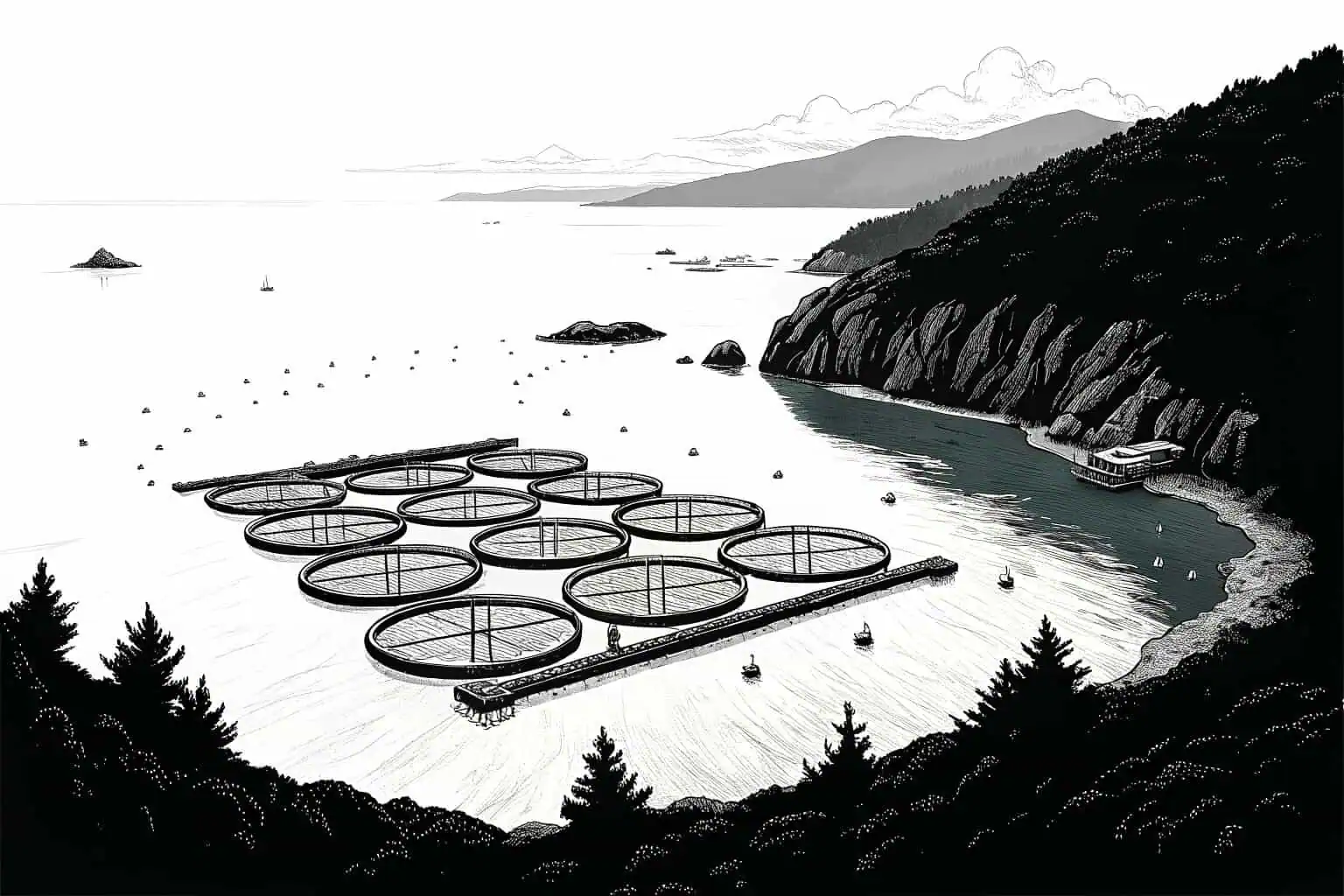
I've visited many aquaculture operations1, and the difference between a well-managed farm and a poorly managed one is stark. The pollution from some farms is the most visible problem, creating what are essentially dead zones in the water around them.
Nutrient Pollution and Dead Zones
The primary issue is nutrient overload2. The sheer volume of uneaten feed and fish feces creates a rich broth of nitrogen and phosphorus. This leads to explosive algal blooms that, when they die and decompose, consume all the available oxygen in the water. This process, known as eutrophication, suffocates other marine life and turns vibrant coastal areas into barren underwater deserts. I've seen the devastating local impact firsthand.
The Chemical Cocktail
Then you have the chemicals. To combat the diseases that thrive in crowded underwater pens, farmers often rely on a cocktail of antibiotics and pesticides3. These chemicals don't just stay on the farm; they seep into the surrounding ecosystem. This can lead to the development of drug-resistant bacteria, a serious threat to both aquatic and human health, and harm non-target species that are essential to a balanced environment.
The Case for Containment
This is why I'm a strong advocate for closed-containment systems4. By raising fish in controlled environments like our Bancy tanks5, we can capture and treat waste. This prevents pollution and the spread of disease. It turns a linear, polluting system into a circular, responsible one, protecting both the farm's investment and the world's oceans.
| System Type | Environmental Impact | Management |
|---|---|---|
| Open-Net Pens | High risk of pollution and disease spread. | Difficult to control waste and interaction with wild species. |
| Traditional Ponds | Moderate risk of leakage and water contamination. | Requires careful water management to minimize impact. |
| Closed-Containment | Low risk of pollution; waste is contained. | Allows for treatment of water and prevents escapes. |
What are the problems with fish farms?
Beyond the immediate issue of pollution, fish farms present other hidden challenges. These problems can quietly disrupt local ecosystems and chip away at the biodiversity that keeps our oceans healthy and resilient. We need to look at the full picture.
The key problems with fish farms include the destruction of natural habitats and the loss of biodiversity. Intensive farming systems also become breeding grounds for parasites like sea lice, which can escape and infect wild fish populations, causing their health to decline.
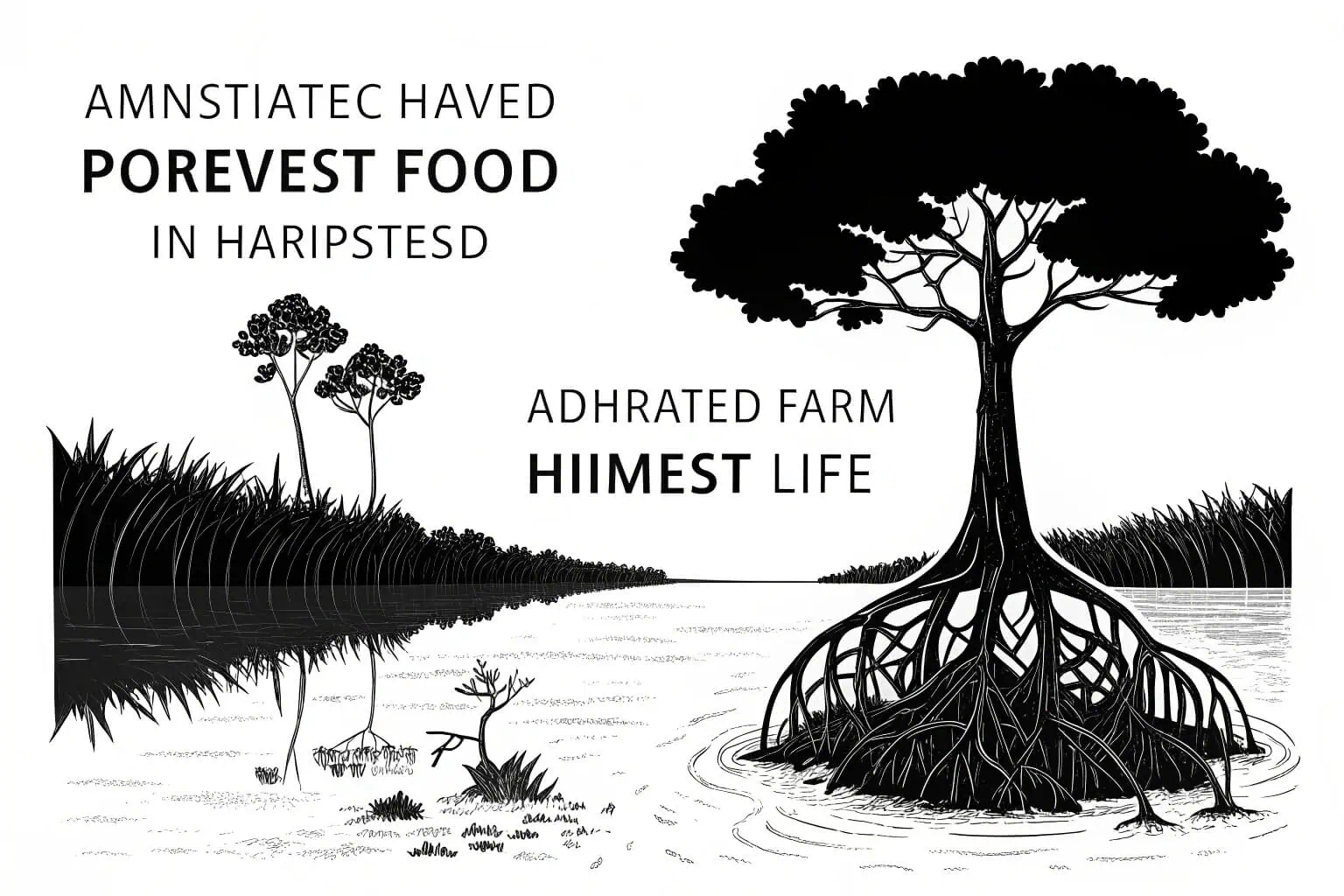
I once traveled to a region where vast areas of mangrove forests had been cleared to make way for shrimp farms. This kind of habitat destruction6 is one of the most damaging and irreversible impacts of poorly planned aquaculture.
Erasing Critical Habitats
Those mangroves7 were not just trees; they were critical nursery grounds for countless marine species and a natural barrier protecting the coastline from storms and erosion. Losing them for a few seasons of shrimp production was a devastating blow to the local environment and the community that depended on it. This is a common story wherever aquaculture expands without proper oversight.
Disease and Parasite Spillover
Another serious issue is disease transfer8. In densely packed salmon farms, parasites like sea lice can multiply at an alarming rate. These parasites don't respect net boundaries. As young, wild salmon migrate past these farms on their way to the ocean, they get infested and often don't survive. It's a direct, man-made threat to the survival of wild populations, all for the sake of farmed fish production.
Genetic Contamination
Finally, there's the problem of escapes. Storms, predators, or simple human error can lead to thousands of farmed fish escaping into the wild. These fish, bred for rapid growth in captivity, can outcompete wild fish for food and mates. When they interbreed with their wild counterparts, they can dilute the natural gene pool, weakening the wild stock's ability to survive in its natural environment.
| Problem | Description | Impact on Ecosystem |
|---|---|---|
| Habitat Destruction9 | Clearing coastal areas like mangroves for farms. | Loss of nursery grounds for fish and coastal protection. |
| Disease Spread | Parasites and diseases spread from farmed to wild fish. | Decline in wild fish health and survival rates. |
| Genetic Dilution10 | Escaped farmed fish breeding with wild populations. | Weakens the resilience and adaptability of wild stocks. |
What is the biggest factor causing the decline in the fish population?
Wild fish populations are plummeting, and it's happening faster than most people realize. This isn't just a problem for the fishing industry; it's a crisis that threatens the stability of our entire ocean ecosystem. We have to pinpoint the main cause.
The single biggest factor causing the decline in fish populations is unsustainable fishing, also known as overfishing. This practice is often fueled by government subsidies that encourage fleets to catch more fish than can be naturally replenished, leading to stock collapse and massive economic losses.
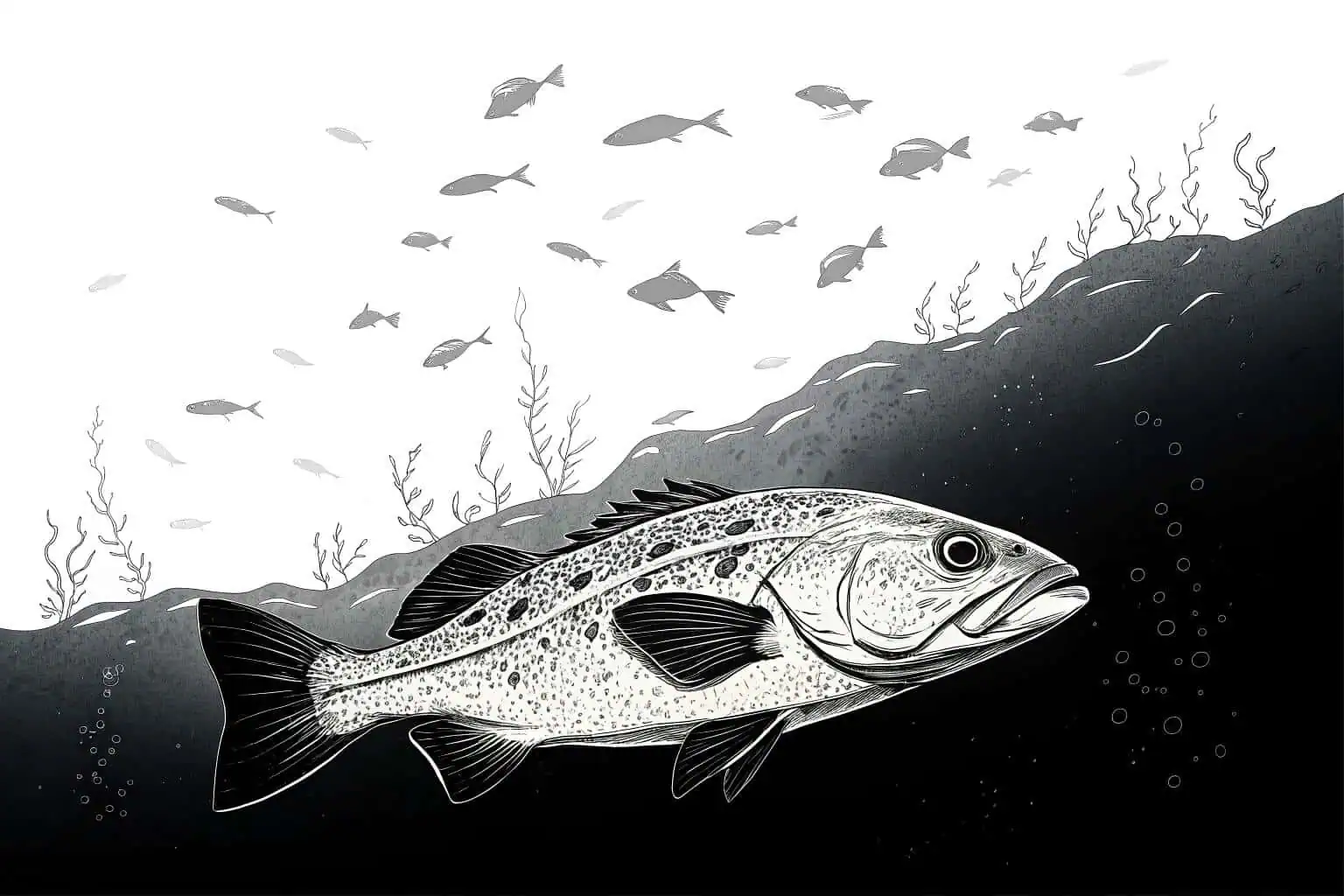
It's a vicious cycle that I've seen play out across the globe, a race to the bottom that benefits no one in the long run. The engine driving this destructive cycle is often well-intentioned but deeply flawed government policy11.
The Vicious Cycle of Subsidies
Governments provide billions in subsidies to their fishing fleets to keep them competitive. This leads to over-investment in bigger boats and more aggressive technology designed to catch fish more efficiently. The result is a global fleet that is far larger than the oceans can sustainably support. It's an artificial economy that encourages the very over-exploitation it should be preventing.
The Economic Illusion of Overfishing
As fish stocks12 shrink, these subsidized fleets have to work even harder, travel further, and burn more fuel just to maintain their catch levels, driving the stocks down even further. The FAO has estimated that this inefficiency results in economic losses of up to $250 billion per year. We are literally paying to destroy the resource that underpins the entire industry.
A Path Forward: Better Management
While aquaculture is part of the solution, we cannot ignore the urgent need for better management of our wild fisheries13. The most critical steps are to end harmful subsidies that fuel overfishing and to establish and enforce science-based catch limits14. This will allow fish stocks to recover, ensuring a future for both the fish and the communities that depend on them.
| Factor | Consequence | Economic Impact |
|---|---|---|
| Government Subsidies15 | Encourages larger fleets and over-exploitation. | Creates an unsustainable economic bubble. |
| Overfishing | Depletes fish stocks beyond their ability to recover. | Reduces future catches and long-term profitability. |
| Stock Collapse | Commercial extinction of certain fish species. | Leads to job losses and food insecurity. |
What is a drawback of raising fish in fish farms?
We often think of fish farms as a way to take pressure off wild fish stocks. But what if one of the main practices on these farms actually makes the overfishing problem worse? It's a hidden drawback we need to talk about.
A major drawback of many fish farms is their dependence on wild-caught fish for feed. This practice doesn't solve overfishing—it just transfers the problem from one species to another, creating a new set of pressures on the marine food web.
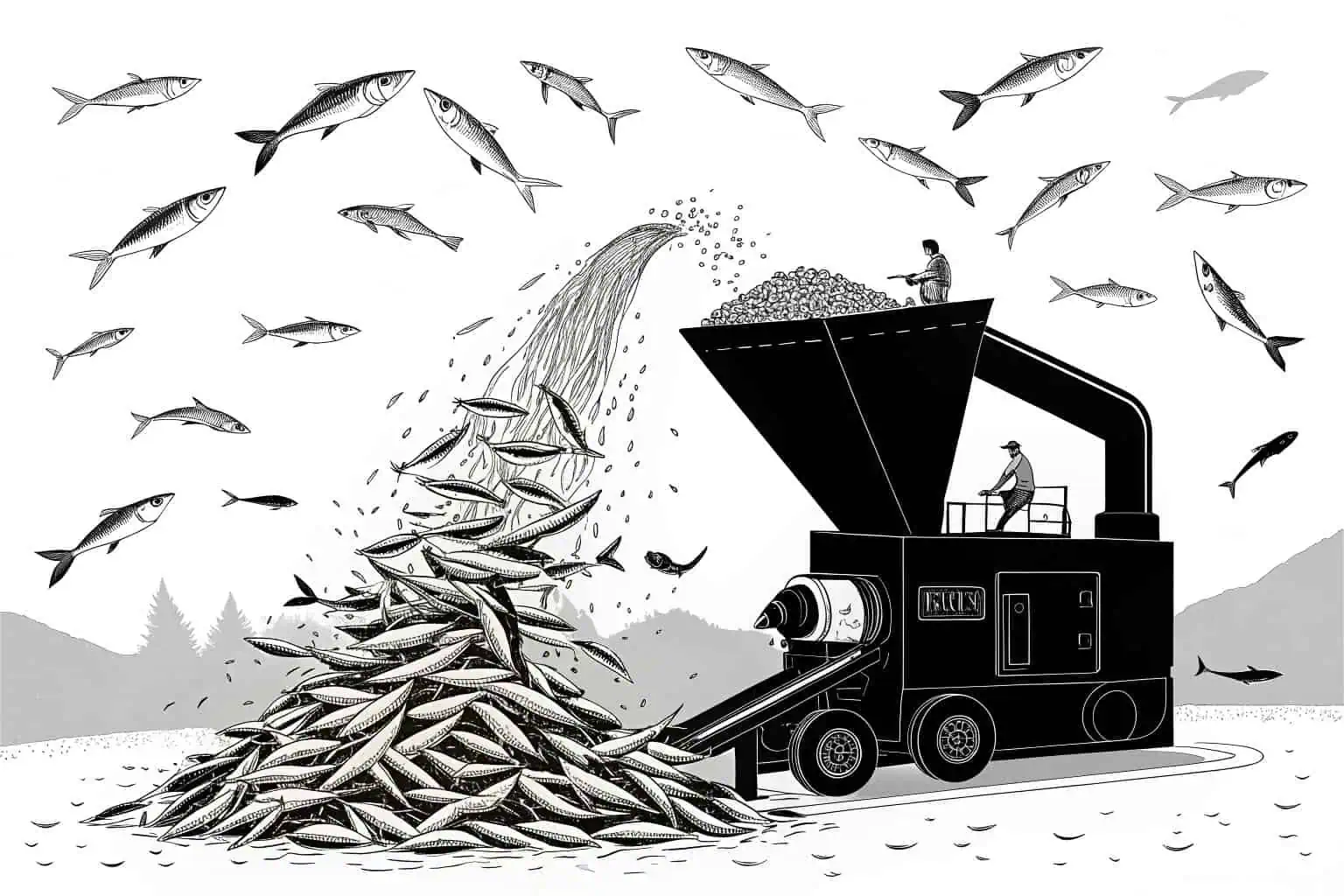
This is one of the biggest ironies in the aquaculture industry. We promote fish farming as a way to save wild fish, yet in many cases, we're just feeding wild fish to farmed fish16.
The Hidden Hunger of Farmed Fish
Many of the most popular farmed species, like salmon and tuna, are carnivores. To feed them, the industry catches huge quantities of smaller wild fish, such as anchovies, sardines, and herring. These are processed into fishmeal and fish oil. It can take several pounds of these vital "forage fish17" to produce just one pound of farmed salmon, a model known as the "Fish-In-Fish-Out" (FIFO) ratio.
The Ripple Effect on Marine Ecosystems
This practice doesn't solve overfishing; it just outsources it to a different part of the food web. These small forage fish18 are the foundation of the marine ecosystem, providing food for everything from sea birds to whales to larger fish like cod. Depleting them has a ripple effect that can destabilize the entire ocean environment.
Innovations in Sustainable Feed
Thankfully, the industry is innovating. I'm seeing exciting developments in alternative feeds19 that reduce or eliminate the need for fishmeal. Ingredients like insects, algae, and other plant-based proteins are becoming viable alternatives. In our controlled Bancy tank environments, farmers can more easily test these new feeds and monitor their fish's health, helping to accelerate the shift to a truly sustainable model that breaks the industry's dependence on wild-caught fish.
| Farmed Species | Fish-In-Fish-Out Ratio20 (Approx.) | Meaning |
|---|---|---|
| Farmed Salmon | 2:1 | Takes 2kg of wild fish to produce 1kg of salmon. |
| Farmed Tuna | 15:1 | Takes 15kg of wild fish to produce 1kg of tuna. |
| Farmed Carp | 0.2:1 | Carp can be raised on plant-based diets. |
Conclusion
Overfishing and farm pollution are major threats to our oceans and food supply. However, through smart innovation and better technology, a truly sustainable future for fish production is absolutely within our reach.
-
Exploring best practices can help you understand how to improve sustainability and efficiency in aquaculture. ↩
-
Understanding nutrient overload is crucial for addressing water quality issues and protecting marine life. ↩
-
Exploring this topic can reveal the hidden dangers of chemical use in aquaculture and its broader environmental implications. ↩
-
Explore this resource to understand how closed-containment systems reduce environmental impact and improve fish farming sustainability. ↩
-
Learn how Bancy tanks contribute to responsible aquaculture by controlling waste and preventing pollution. ↩
-
Learn about the consequences of habitat destruction on biodiversity and ecosystem health to appreciate the importance of conservation. ↩
-
Explore this link to understand how mangroves serve as vital nursery grounds and protect coastlines, emphasizing their ecological importance. ↩
-
Exploring this link will provide comprehensive insights into how diseases spread in fish farming and their impact on wild populations. ↩
-
Exploring habitat destruction reveals its critical role in ecosystem health and fish survival. ↩
-
Understanding genetic dilution helps in conserving wild fish stocks and maintaining biodiversity. ↩
-
Exploring this resource will provide insights into how government policies can either mitigate or exacerbate economic cycles. ↩
-
Explore this link to understand the critical issues impacting global fish stocks and the sustainability of fisheries. ↩
-
Explore proven strategies to sustainably manage wild fisheries and prevent stock depletion. ↩
-
Learn how science-based catch limits can ensure fish stock recovery and long-term sustainability. ↩
-
Exploring this link will provide insights into how subsidies influence overfishing and the importance of policy reforms for sustainable fisheries. ↩
-
Learn about the ecological consequences of feeding wild fish to farmed fish and its implications for sustainability. ↩
-
Exploring the role of forage fish reveals their significance in the marine food chain and their impact on wild fish populations. ↩
-
Understanding the role of small forage fish can highlight their significance in maintaining ocean health and biodiversity. ↩
-
Explore this resource to learn about innovative feed options like insects and algae that promote sustainable fish farming. ↩
-
Understanding this ratio helps evaluate the environmental impact of different farmed species and promotes sustainable choices. ↩